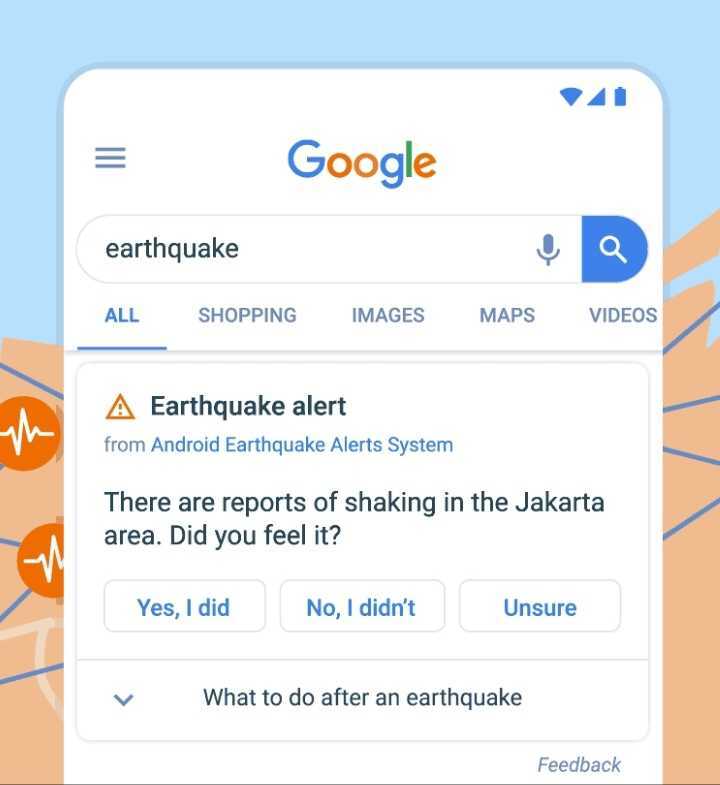Android devices will now be able to predict and send earthquake alerts using an algorithm.
Google made an attempt to turn Android-powered smartphones into earthquake detectors and alert systems. With the system, smartphones will act as tremor detectors by predicting earthquakes.
Shake Alert, an earthquake warning system deployed on the West Coast by the US Geological Survey and partners, sends warnings to Android devices in case of a potential earthquake. This system can help in countries where earthquakes happen very often.
Sensors of the Shake Alert system detect P waves, compressional primary waves that are created by the earthquake. The warnings give enough time for people to take protective actions such as drop, cover, and hold on.
Through Android phones, Google is trying to create a worldwide earthquake alert system. The one deployed in California initiates the smartness of this network. The accelerometer on mobile devices is the one that helps to detect earthquakes through an algorithm.
“We saw an opportunity to use Android to provide people with timely, helpful earthquake information when they search, as well as a few seconds warning to get themselves and their loved ones to safety if needed,” said Google principal software engineer Marc Stogaitis in a blog post.
Usually, a Seismometer-based system makes it easy to predict an earthquake. To build an effective earthquake system in a single location we need more than one seismometer. However, building the system in every place is not possible as their constant maintenance is extremely expensive.
To replace the Seismometer, Google plans to use its Android devices. Google will display localized results in Google searches for an earthquake based on data detected by the phone. When a user searches about the earthquake, Google will confirm if it was an earthquake or not.
Once the company starts building accurate data about the earthquake. Google will then start building an active earthquake warning for people who live in those areas where seismometer systems are not available.
This move can help low and middle-income countries where earthquakes often wash away towns and cities. Earthquakes in such areas push the life of people a decade back and the real risk is the loss of life that can be prevented with the help of Google.
Android devices can be turned into a mini-seismometer as the mobile devices come with an accelerometer that detects shaking in a phone caused by an earthquake. Sensors on the device use data to see if the phone is shaking.
The P wave is the first and fastest wave generated from an earthquake epicenter. The S wave is a slower wave but it can be much bigger. Google’s system can detect both these waves.
The first wave is so small that people can’t even feel it. While the second wave can cause heavy damage. The P wave is what gives time for people to prepare before the S wave hits. Thus an alert on the mobile device can give enough time to reduce human loss.
Aggregate data from all mobile devices in a location using the algorithm will be helpful. Google can use traditional filter Bayesian filters and other algorithm filters to generate earthquake data that can be used to send alerts to people.
“To start, we’ll use this technology to share a fast, accurate view of the impacted area on Google Search. When you look up “earthquake” or “earthquake near me,” you’ll find relevant results for your area, along with helpful resources on what to do after an earthquake,” added Google in its Blog.
In California, Google will start sending earthquake alerts using the existing seismometer network. Earthquake data will also start showing up in Google searches as soon as possible. Warnings and alerts based on data aggregated from devices will take some more time.

